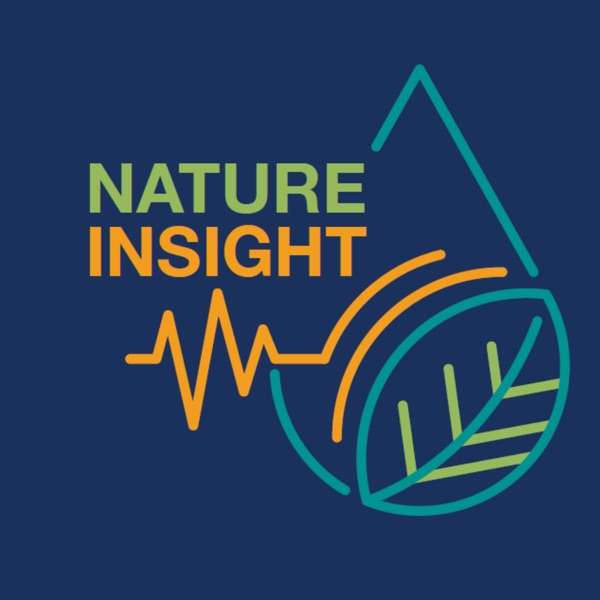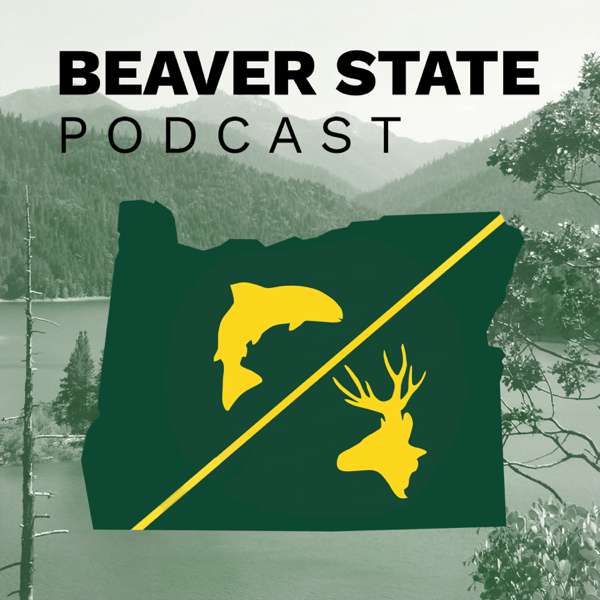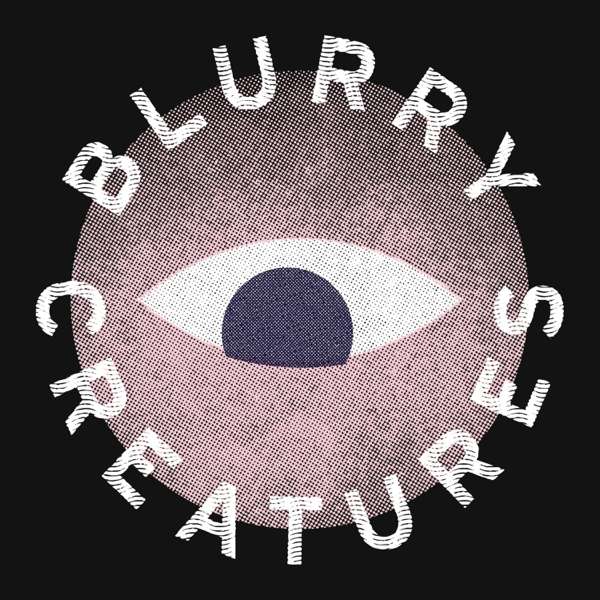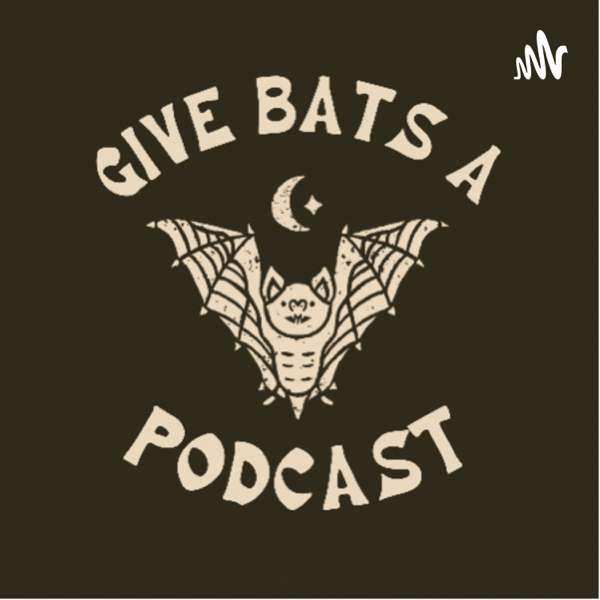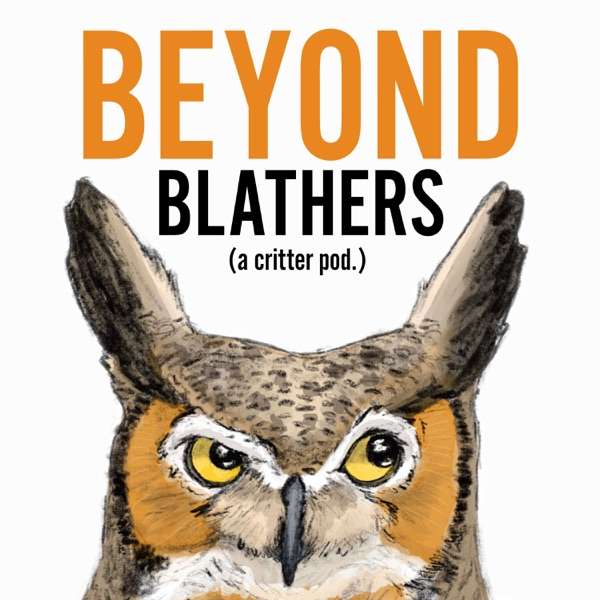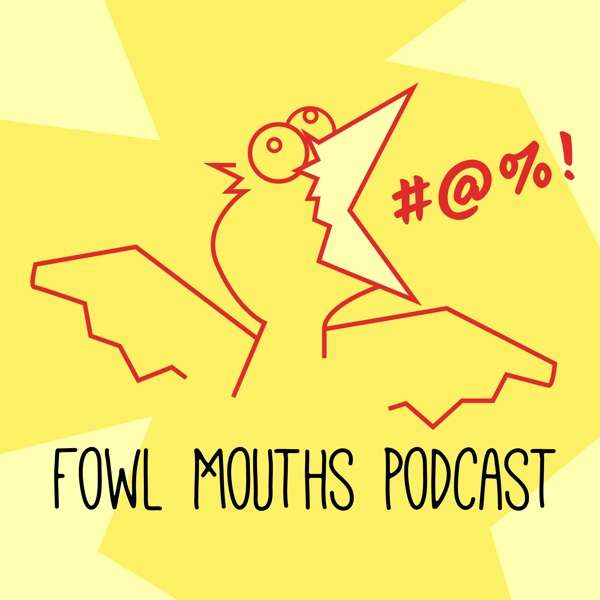In this episode, we explore the unique ecology of scrub habitat in Florida. What is a scrub? Where are they located?How are they different from similar ecosystems? How does fire play a role in scrub habitats? What threats do scrub habitats face? What can you do about it? We cover this and more in this episode of Naturally Florida.
Learn More:
• Florida Natural Areas Inventory: Scrub - https://www.fnai.org/PDFs/NC/Scrub_Final_2010.pdf
• Topographpic map, elevation, terrain - https://en-ca.topographic-map.com/map-x1rv5k/Polk-County/
• Calamintha bee (Shannon mentioned in episode) - https://www.floridamuseum.ufl.edu/science/discover-nest-northern-range-blue-calamintha-bee/
• Scrub and High Pine - https://programs.ifas.ufl.edu/florida-land-steward/forest-resources/upland-forest-ecosystems/scrub-and-high-pine/
• Common Woody Plants of Florida Scrub Ecosystems- https://edis.ifas.ufl.edu/publication/FR373
• Florida Scrub - https://crocdoc.ifas.ufl.edu/publications/msrpmap/floridascrub/
How You Can Help:
• Florida scrub is globally rare and incredibly unique, supporting plants and animals found nowhere else. Speak up and advocate for the preservation of the special natural lands. Needs some inspiration, check out the GladysE. Douglas Preserve story.
• Fire is essential in scrub habitats —without it, the ecosystem collapses and species disappear. Be sure to support and advocate for prescribed fires in your area.
• Scrub may look barren, but it’s a biodiversity hotspot—an ecological gem hiding in plain sight. See if you can find a scrub habitat near you to visit!
Sources for this Episode:
• Florida Natural Areas Inventory: Scrub - https://www.fnai.org/PDFs/NC/Scrub_Final_2010.pdf
• Scrub and High Pine - https://programs.ifas.ufl.edu/florida-land-steward/forest-resources/upland-forest-ecosystems/scrub-and-high-pine/
• Common Woody Plants of Florida Scrub Ecosystems- https://edis.ifas.ufl.edu/publication/FR373
If you enjoyed this episode, please consider sharing it with a friend who might enjoy learning about Florida's natural areas and the wild things that live here!
If you're active on iNaturalist, consider joining our iNaturalist project, Naturally Florida's Listener Observations, here: https://www.inaturalist.org/projects/naturally-florida-s-listener-observations

 Our TOPPODCAST Picks
Our TOPPODCAST Picks  Stay Connected
Stay Connected


